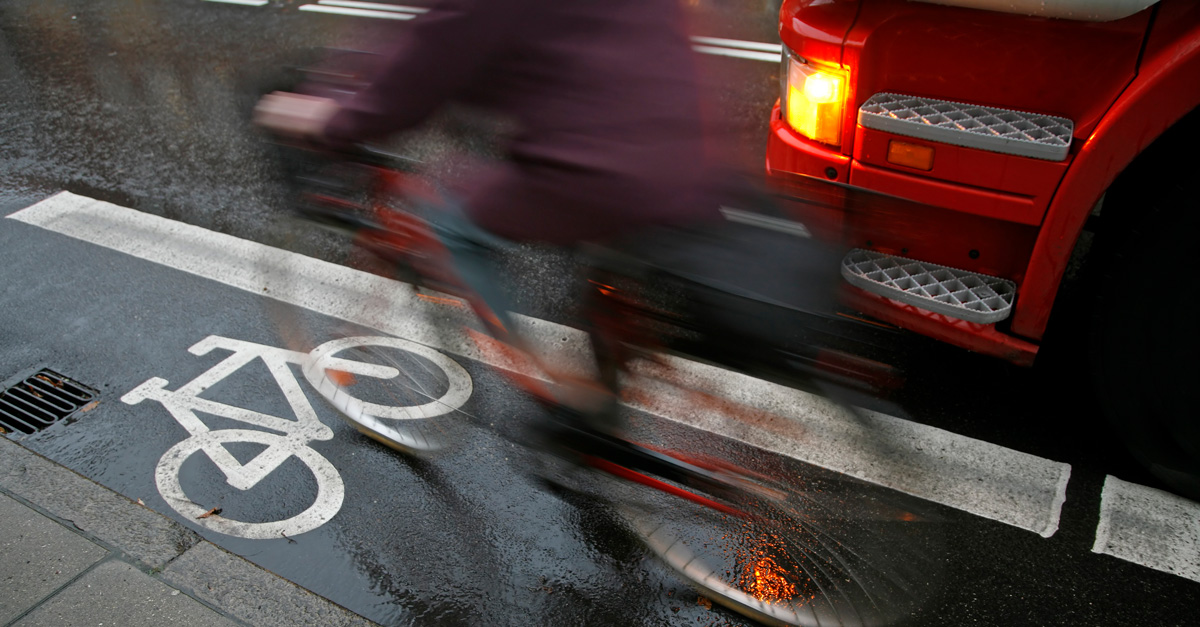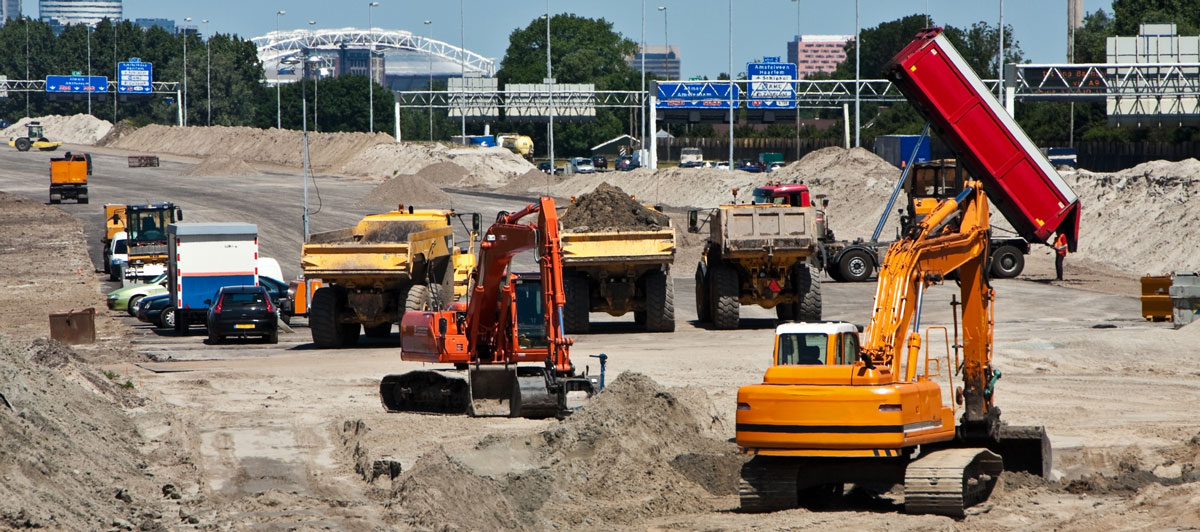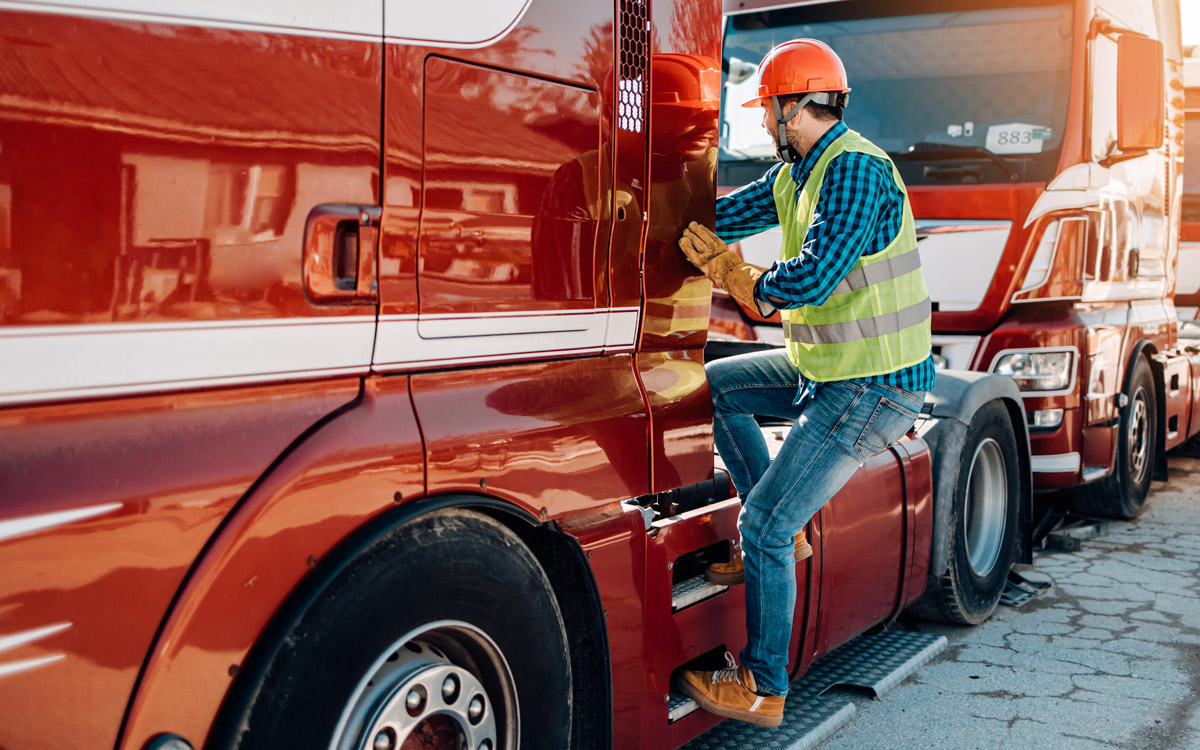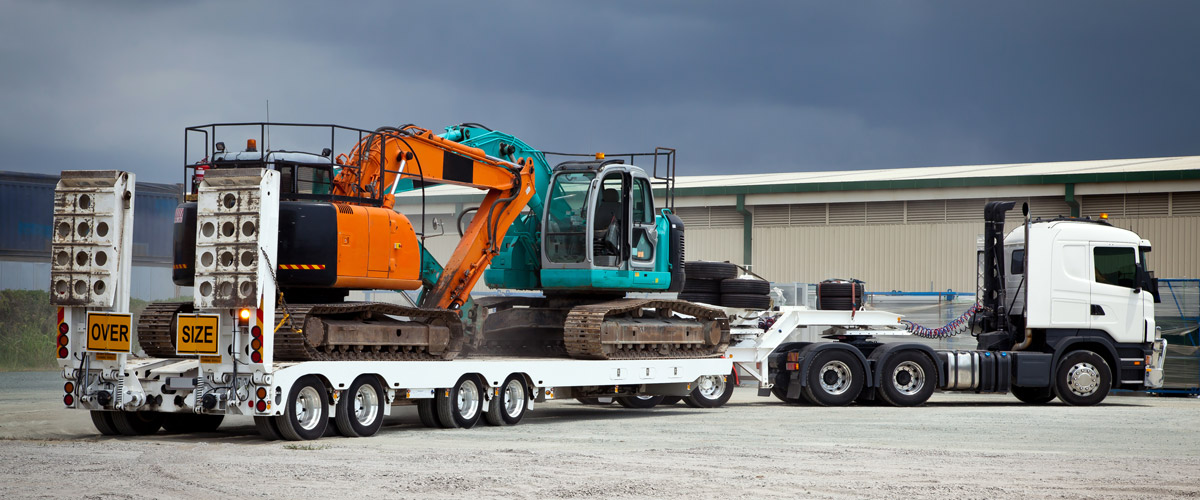Heavy Vehicle Guide for Construction Work
Last year SafeWork Australia released a newguidefor the construction industry to reduce the risk of traffic accidents and fatalities caused by...

Already this year across Australia there have been some tragic fatalities involving vulnerable road users and council waste collection vehicles. The incidents highlight the need for all parties to do more to predict and protect vulnerable road users. In 2018, 1 in 3 people killed on our roads was a vulnerable road user – a pedestrian, cyclist or motorcyclist (403 in total our of 1129 deaths). Source.
SGESCO-MAX has been working with various local council authorities and leading waste management companies to help protect vulnerable road users for close to 20 years.
We first got involved to answer a call from Ipswich City Council to help overcome hazards associated with blind spots and reversing vehicles.
Much has been achieved, but equally much remains to be done given recent fatalities.
The safety outcomes achieved by some, however, and the innovations currently in pilot testing are encouraging. It’s now time for more councils to come on board to make our cities and suburbs much safer.
Read on to understand:
Here’s a quick snapshot of recent Australian council truck and VRU incidents:
January 2021, Boy Dies After Being Struck by a Garbage Truck
A four-year-old Tasmanian boy has collided with or been collected by the front of the rubbish truck, at 12.15 pm, and has died at the scene. Described by police officers as “the most confronting (scene) I have attended in 25 years.”
February 2021, Garbage Truck Runs Over Elderly Woman
A garbage truck driver has been charged with dangerous driving after a female pedestrian was killed in Sydney’s west yesterday around 8.30 am.
The 32-year-old man had been charged with dangerous driving occasioning death, negligent driving occasioning death, disobeying no right-hand turn sign, and not giving way to a pedestrian.
The driver was traumatised after the accident and said he did not see the pedestrian.
April 2021, Council Worker Pinned Against his Garbage Truck
A Randwick council garbage truck worker collecting bins at the back of his truck was struck by a car and pinned against his vehicle in Sydney’s southeast around 5 am Sunday. A 23-year-man driving a Kia sedan allegedly careered into the path of a parked garbage truck. The Council employee was treated by paramedics for serious leg, lower abdominal and pelvic injuries and is in a serious condition in hospital.
May 2021, Boy Sleeping in Industrial Bin Crushed
Two boys have been left too “traumatised” to speak to police following the death of a friend who was killed after the bin they were sleeping in was emptied by a garbage truck in Port Lincoln, (South Australia) about 5:20am.
The industrial bin was emptied every morning. One boy jumped free and notified the driver. The other was not injured. “The boys had somewhere to stay. They were not homeless,” Police said.

In the past, two or more men worked from the back of waste collection services truck, picking up and emptying trash cans along the street. These workers were the ones most at risk to injury, contending both with being up close to the unpleasantries and sometimes dangers of garbage, as well as the mechanical operations of the garbage truck. Because they were also the eyes and ears of what was happening at the back and sides of a garbage truck, drivers could focus more directly on what was happening at the front of the vehicle.
The advent of automated waste bin lifting systems changed this system, eliminating individual garbage collectors, and charging drivers with the dual task of driving and collection. Suburban collectors are now more focussed on the side of their vehicles to line up their lifting arms with wheely bins on the kerb.
Today’s collection drivers face many challenges in the course of their job, and that has driven SGESCO-MAX’s approach to the development of safety solutions. These challenges include:
All trucks have blinds spots at the front, on the side, and at their rear. Depending on the vehicle, some drivers have up to 60% visibility of the surroundings of their truck, viewed through their mirrors. However, some others have much less. This visibility – or lack there-of – extends for some distance towards the rear and sides of a vehicle.
These blind spot issues can be compounded by having to reverse into narrow service lanes to collect refuse bins using a rear loader, or other apparatus. In cities, homeless people, nightclubbers, or people working around the clock, increase the risk of incident.
In CBD streets, most refuse collection happens at night, as there are less people about and – more importantly – less vehicles about, meaning less traffic interruptions than during the workday. But these night-time operations also mean drivers have less visibility than they would in the day.
In the suburbs, collections happen during daylight hours so as not to disturb people while sleeping. While drivers have greater visibility in the daytime, there are more people and vehicles about, leading to a higher risk of an accident involving a pedestrian or vehicle.
The hydraulic arm that lifts bins could cause major damage if they were to come down on someone. Drivers have to ensure that no one is likely to walk alongside a vehicle when picking up and lowering a bin .
According to Transport Workers’ Union national secretary Tony Sheldon, tight client margins and unrealistic delivery or collection schedules could force operators to delay essential maintenance or put economic pressure on drivers. “That pressure is killing truck drivers, and it’s killing motorists and pedestrians.”
Pedestrians make assumptions about what a waste collection vehicle driver can see and how quickly they can respond. They also make assumptions about the actual waste vehicle. Mostly when they hear the noise of a waste collection vehicle, they think it is the side lift type – when it could be a front or rear lift vehicle. This means they have to be alert and out of the path of danger.
When it comes to council-truck related accidents, certain groups seem to be more at risk than others:
Many families will tell you that most young children find waste collection truck visits the most exciting event in their week, just behind the arrival of Mr. Whippy. In the suburbs, they often want to be outside to watch the council trucks go by and see the hydraulic arms lift and empty the wheely bins.
Young children are not aware of the dangers of being too close to such vehicles and have to be well restrained and supervised at all times. Children also don’t have good peripheral vision, nor are they a good judge of distance or safety.
It used to only be joggers with Walkmans but today it’s anyone using a smartphone – with or without ear pods – who is more focussed on watching a video, texting a friend, talking to their parents, or pounding the pavement while listening to their favourite track or podcast. These create substantial distractions, and often make it harder for them to hear any warning blasts from horns or PA type announcements that may be played from approaching vehicles.
Most adults who drive a car tend to make false assumptions about driving a large vehicle. While they know cars can have blind spots, typically these are relatively small when compared to heavy vehicles, and most modern cars today have reverse cameras installed.
Trucks have blind spots in every direction, and not every council vehicle on the road has the radar, sonar and camera technology installed to remove these blind spots.
As the truck sign says; “If you can’t see my mirrors, I can’t see you”. Even if a council truck is not going at a high speed, this is a good mantra to live by.

At SGESCO-MAX, we provide safety solutions to some of Australia’s largest waste management companies, to help them protect their drivers and vulnerable road users. These organisations include Cleanaway, Suez, and JJ Richards, who operate vehicles such as rear lift trucks, front lift trucks, side lift trucks, and hook lift trucks.
Because councils are local government authorities, there appears to be a lack of standardisation across Australia regarding mandatory safety requirements for all vehicles. We are working closely on pilot programs with Suez here in Brisbane to demonstrate the reduction in incidents while using our extensive MAX-SAFE Safety Eco-System, in a bid to convince more councils of the importance of increasing safety requirements. The costs to do so are quite minimal over the life of a vehicle, but the impacts are enormous when it translates to lives saved.
Here’s the solutions we offer to address common safety issues involving garbage trucks and vulnerable road users:
In 2001, Cleanaway (then TransPacific) engaged us to create safety switches to prevent vehicles rolling away.
In response, in 2002, we created the MAX-SAFE Anti-Rollaway Brake System to automatically brake a heavy vehicle if the engine is on, the park brake is not applied, and the seat vacated. This is what is known as an active solution – it does not require human intervention.
This was in a large part designed to protect drivers – not just pedestrians or bystanders – from being run over by unattended vehicles.
Following an incident in Ipswich where a sleeping homeless person was reversed over, in 2005, we developed an active radar solution – the MAX-SAFE Reverse Watch® system – to detect obstacles and people behind a vehicle. The solution automatically applies the brakes to prevent accidents and injury. It was the first and only solution of its kind in Australia for close to 15 years.
Reverse Watch is one of our blind-spot monitoring solutions – a suite of radar, lidar, camera and sonar technologies – that detect humans, movement, and obstacles in the vicinity of a vehicle.
In 2020, we introduced a range of new solutions including the MAX-SAFE Front Watch, MAX-SAFE Corner Watch, and MAX-SAFE Side Watch systems, as well as the MAX-SAFE Audible Warning system. These solutions warn drivers of people and objects at the front, corners and side of the vehicle (opposite to the driving position). They do this through internal visual monitor alerts and external audible warnings that can play both inside and outside to the vehicle, to warn vulnerable road users of certain scenarios, e.g., when a vehicle is turning left. The technology is such that it can distinguish between an object and a human.
Another solution we offer, MAX-SAFE Speed Limiting, enables fleet managers is to pre-program up to 8 different speed settings into a vehicle, to ensure local and varied speed limits are adhered to.
Future MAX-SAFE developments will include technologies that have the ability to determine whether the human is a pedestrian, or a cyclist/rider. Another future solution is one that automatically applies the forward brakes of a vehicle if certain conditions are met, such as when a truck is too close to another vehicle or person in front, or when a side object/person is too close when turning a corner.
These types of active solutions would greatly reduce the impact of the vehicle hitting a person.
Additionally, solutions using thermal technology and the active stopping of apparatus are in the pipeline.
At SGESCO-MAX, we are developing the MAX-SAFE Safety Eco-System – a holistic set of solutions that protect people within the vicinity of any vehicle.
Predicting where people might be and how they might be harmed is part and parcel of ensuring our solutions provide the broadest safety coverage and are created with numerous scenarios in mind.
It’s not so much to dream the impossible dream, but to think of the unthinkable, and go from there.

Last year SafeWork Australia released a newguidefor the construction industry to reduce the risk of traffic accidents and fatalities caused by...

When it comes to heavy vehicle safety, is your organisation doing all that it can in 2022 to save the lives of its drivers and others?

Improving heavy vehicle safety technologies is a challenge for fleet managers and trucking companies dealing with rising running costs and only a...